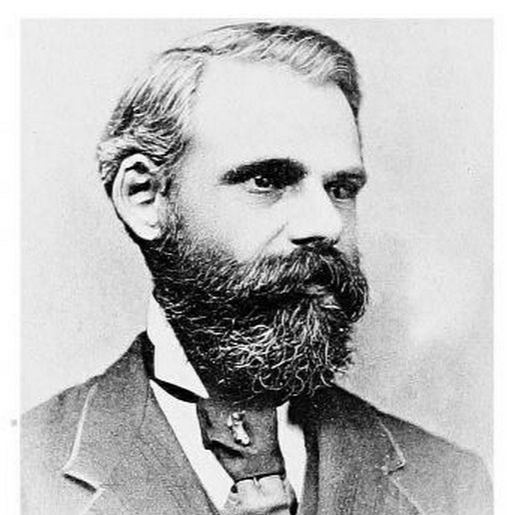223 reads
Section II.—The Contemporaries of James Watt
by
April 16th, 2023
Audio Presented by

Robert Henry Thurston was an American engineer, and Professor of Mechanical Engineering
About Author
Robert Henry Thurston was an American engineer, and Professor of Mechanical Engineering